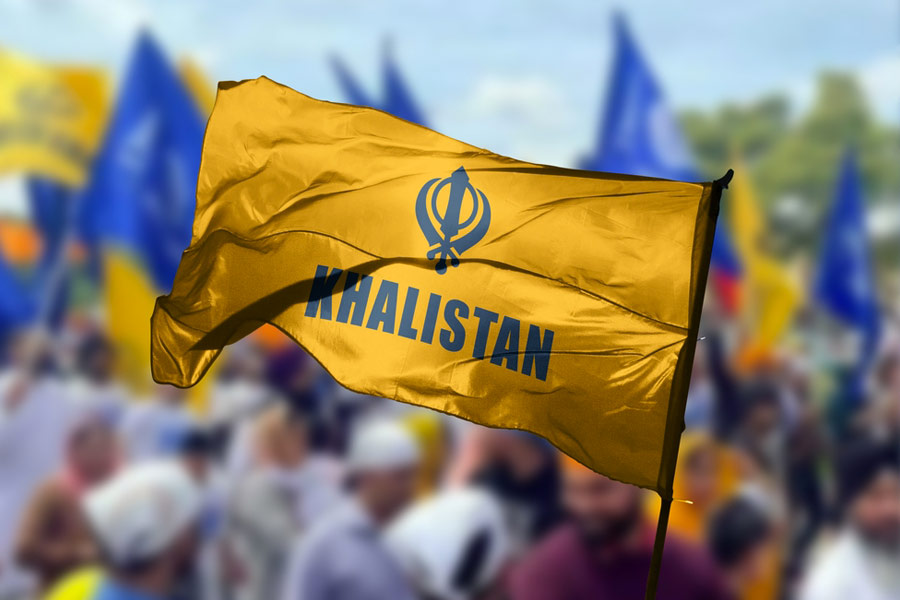Introduction to Khalistan History
The Khalistan history is deeply rooted in Sikh political and religious aspirations. The idea of an independent Sikh state, Khalistan, has been a topic of contention for decades. Emerging from historical grievances and political demands, the movement has seen waves of support, resistance, and conflict. Understanding the key events and their implications is essential to grasp its relevance in modern times.
The Khalistan Movement History: Early Struggles and Growth
The Khalistan movement history traces back to India’s independence in 1947. The partition led to Punjab’s division, leaving many Sikhs dissatisfied with their political representation. Over the years, demands for Sikh autonomy intensified, culminating in the Anandpur Sahib Resolution of 1973. This resolution, proposed by the Akali Dal, sought greater political and religious rights for Punjab, seen by some as a precursor to full independence.
By the late 1970s and early 1980s, Sikh leader Jarnail Singh Bhindranwale became the face of the movement. His fiery speeches and opposition to government policies fueled growing unrest. The demand for Khalistan gained momentum, leading to a direct confrontation with the Indian government.
Major Events That Shaped Khalistan History
1. Jarnail Singh Bhindranwale’s Influence
A central figure in Khalistan history, Bhindranwale was known for his strong stance on Sikh rights. His leadership played a crucial role in rallying Sikh sentiment against perceived injustices, making him a polarizing figure.
2. Operation Blue Star (1984)
One of the most significant events in the Khalistan movement history was Operation Blue Star. In June 1984, the Indian Army, under Prime Minister Indira Gandhi’s orders, stormed the Golden Temple to remove armed militants. The operation resulted in heavy casualties and severe damage to the sacred site, further deepening the divide between the Sikh community and the Indian state.
The Khalistan Movement 1984: Aftermath and Consequences
The Khalistan movement 1984 took a dramatic turn after Operation Blue Star. Enraged by the attack on the Golden Temple, Indira Gandhi’s Sikh bodyguards assassinated her in October 1984. This led to anti-Sikh riots, where thousands of Sikhs were brutally killed, particularly in Delhi.
In response, Sikh militant groups intensified their armed struggle for Khalistan throughout the 1980s and early 1990s. The Indian government launched counter-insurgency operations, gradually suppressing the movement. By the mid-1990s, Khalistan militancy had significantly declined, though its ideological presence persisted.
Khalistan History and Its Global Relevance Today
While the armed struggle has diminished in India, the Khalistan history remains significant among the Sikh diaspora. Pro-Khalistan sentiments are still prevalent in countries like Canada, the UK, and the US, where Sikh communities continue to advocate for the movement.
In Punjab, however, the demand for Khalistan has weakened, with most Sikhs prioritizing economic growth and regional stability. While occasional political movements and digital activism keep the issue alive, the majority of Punjabis focus on development rather than separatism.
Conclusion
The Khalistan history represents a complex chapter of India’s past, marked by struggles for identity, political demands, and violent conflicts. While the movement no longer holds mainstream traction in Punjab, its legacy continues to influence Sikh political discourse worldwide. Understanding its history is crucial for fostering dialogue and promoting peace.






